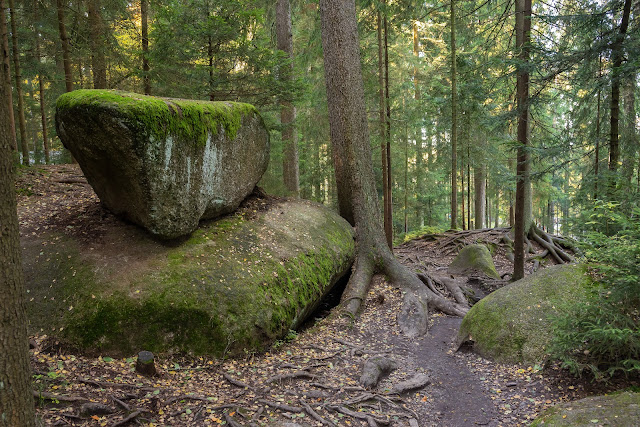Nikon Z 40mm F/2 - A Review
There are now numerous reviews online for this lens. I always suggest the very good and detailed analysis at Photography Life. The link leads you directly to the review of the Nikon Z 40mm f/2. In this blog, I can only add my personal viewpoint. I had this lens once, then sold it, and now bought it again. Let me tell you why.
Note, that the images on this page can be viewed larger by opening the image overlay with a click on the image. To get the best resolution, right click on the image and open it in a new browser tab.
 |
| f/3 handheld at 1/15, ISO1600 |
If you look at the performance figures for sharpness on Photography Life, you notice that the lens suddenly improves at f/4.
For me, this lens is an f/4 lens which I use wider open only occasionally.
The image above is one example where I opened to f/3 to get a safe shutter speed at ISO1600. The camera was the Nikon Z5. It's IBIS allows 1/15 handheld with this lens. Personally, I can not go below that.
You may argue that the lens should be opened to get good Bokeh. After all, this is what f/2 is made for. But the Bokeh is not the nicest one if the background is not carefully selected. You can see examples of this claim on the cited page on Photography Life. Of course, f/2 may still be useful in low light as below. I prefer f/4 even then, unless in an emergency.
 |
| Bokeh at f/2 |
You can get nice Bokeh close-up, especially with a macro ring as in the following example. The lens has only a magnification ratio of 0.17x.
Sharpness is excellent from f/4 on, and good in the center at f/2.8. At f/2, it is still okay. Here is a test at f/4, developed in Lightroom like all images on this page.
Let us talk about other parameters which define the quality of a lens
- There is not too much vignetting. I'd consider that not to be an issue.
- Chromatic aberrations are well under control. This is surprising for a lens at that price point. The 28mm f/2.8 is much worse in this respect. The 24-200mm is also worse on both ends which is no surprise for a zoom. This lens is on the level of the 24-70 f/4 in terms of chromatic issues.
- Flares are not as well controlled as in the S-line lenses, or even the 24-200. That is definitely a weak spot of this lens.
- Sun stars look okay.
- Chroma is good, but not stellar. I would not use it for Astro photography.
- The sharpness is on a very high level on f/4, and I found no issues with details and textures. This lens will surpass the kit 24-70 at f/4. Of course, the 50mm f/1.8 is noticeably better at f/4, especially in the center.
- The lens has quite some field curvature. I would not use it for reproduction of flat surfaces. In landscapes at f/8 you won't notice.
- AF speed is normal, the motor is almost 100% silent if that matters to you.
- Focus breathing is minimal.
The main point of this lens is the weight and the size.
This is a true walk-around lens.
Below is a comparison to the 24-70 f/4. The weights are 170g versus 500g. That matters! The only comparable lenses of the Nikon Z line for full-frame are the 24-50 kit and the 28mm f/2.8. The 24-50mm kit lens is better than many think, but it is not f/4 at 50mm, and not on the same level of image quality.
I have this lens mainly for walks on the street, just because it is small and light. Unfortunately, the stellar 50mm f/1.8 is a lot better, but also a lot heavier and larger. Of course, there is also a price difference. But the quality of the 50mm f/1.8 is worth it. So I take it, whenever I need a fast lens and can get away with 50mm. For shooting at f/8, the 40mm will do just as well.
I do use it for portraits too, where f/4 is my favorite focal length. I do not do beauty shots where wider apertures provide a smoother background, but also razor thin depth of field. I don't want to post a portrait here, so you have to be satisfied with the following.
 |
| At f/4 |
As a summary, I would consider this lens a lightweight, compact and cheap alternative to other primes, mainly to be used at f/4 and closer where it performs very well. The best scenario is probably street photography at daylight. But I would not hesitate to take it for portraits.
Together with the low light performance of the full-frame Nikon Z system, you can even use it at night.







Comments
Post a Comment